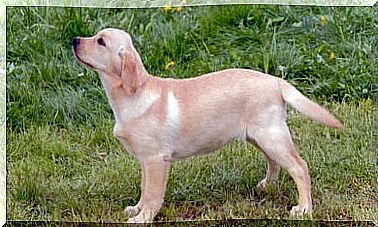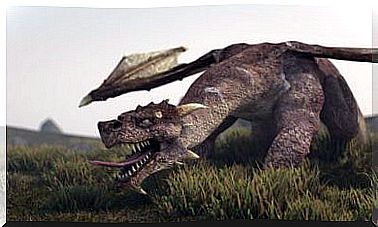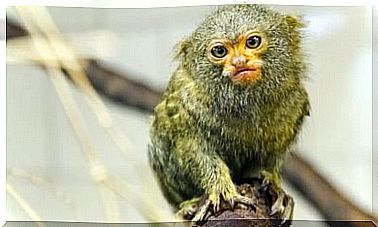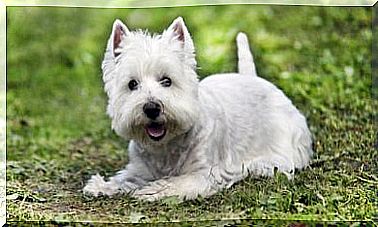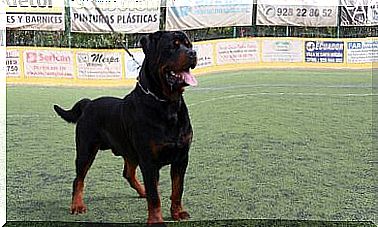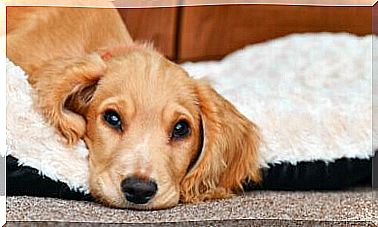The Himalayan Cat

Have you ever wondered what would be the result of a cross between a Siamese cat and a Persian cat? The answer is simple: it’s the Himalayan cat. We could in fact say that this cat is a Persian but it has dark extremities and blue eyes like those of a Siamese. Below we want to tell you everything you need to know about this beautiful cat breed.
Where does the Himalayan cat come from?
Don’t be fooled by its name: in fact it is called Himalayan not because it comes from the Himalayas, but simply because its colors are very reminiscent of those of the Himalayan rabbit. The origin of this animal is to be found in Sweden, in 1924, the year in which a geneticist began to cross Siamese cats with long-haired cats. However, the turning point came only during the 1930s, thanks to the studies of two researchers from Boston University, Clyde Keeler and Virginia Cobb, who had been carrying out research on the mechanisms of color transmission for some time.
From their first crosses they obtained only short-haired kittens, without distinctive features of the Siamese breed, however, carriers of the genes of the Persian cat as well as the Siamese cat. From the mating of these specimens only a long-haired cat was born, to which they gave the name of Debutante. Debutante was then made to mate with her own father and from this union the first long-haired specimen with dark ends was finally born. The contribution of Keeler and Cobb ended with the birth of this new specimen, but the selection work was resumed in England, after the end of the Second World War until the 1960s, a period in which this breed definitively spread.
What does the Himalayan cat look like
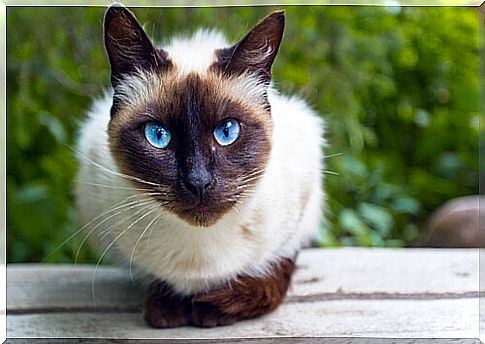
Morphologically, this breed has the same appearance as the Persian cat. It is a solid cat, of medium to large size, whose most notable feature, in addition to the long hair, is undoubtedly the wide and flat muzzle. Its head is round and massive, and the skull is broad with a rounded forehead, prominent cheekbones, short, flattened nose and sturdy chin. His eyes are large, round, separated, of an intense and brilliant blue, always wide open and alert.
Its ears are small and rounded and are covered in hair, as is the rest of the body, which is muscular and rounded, with small, stubby legs. The tail is bushy with a rounded tip. The coat of this breed is long, thick, thick and silky and needs special care.
The color of its coat can vary from white to pale blue, passing through the full range of cream colors, while the tip of the tail and ears has, just like the Siamese cat, a dark color such as seal brown, blue. , purple, red or chocolate.
What temperament the Himalayan cat has
The Himalayan cat has a calm and sociable character and easily coexists with other animals. He is a lover of domestic life even if he goes out without problems and, indeed, is considered a good hunter. From the Siamese cat he inherited curiosity and vitality. However, it has not inherited its tendency to meow, which is why it is a much quieter cat.
It is an intelligent, affectionate, likeable, obedient and easy to learn animal. Being a peaceful and sociable cat, it is particularly suitable when there are also children in the house, as it is a very patient animal.
What care does the Himalayan cat need?
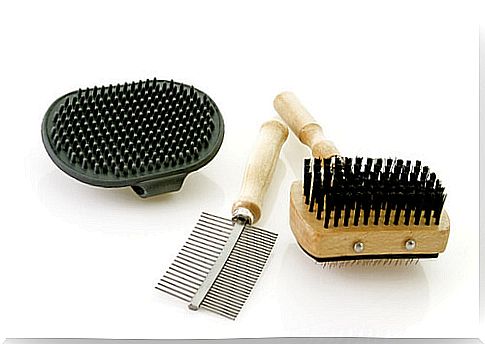
The Himalayan cat needs constant and specific coat care, therefore it is necessary to brush and comb it every day with a metal comb, to eliminate knots. Furthermore, it is necessary to bathe him at least once every fortnight, since poor body hygiene can cause him serious health problems.
What is the general state of health of the Himalayan cat
In the Himalayan cat, those health problems resulting from the conformation of the muzzle, short and flattened, tend to arise : in other words, ophthalmological, mandibular and facial alterations such as breathing difficulties or a tendency to snore.
In addition, his eyes have a tendency to water and therefore must be cleaned daily to avoid the onset of infections. They also have a tendency to gain weight, which forces them to maintain a balanced diet and always under control, being lazy cats who usually do little exercise.
Another typical problem of these cats, and due to the length of their fur, is the formation of hairballs that can get stuck inside the digestive system, sometimes causing suffocation. This problem can be easily solved with a solution based on liquid paraffin, malt syrup or even butter.
